With over a week off of work for over the Easter break, Eric and I made plans to head south to the area around Glenorchy to explore and tackle another of the ‘Great Walks’. Despite it being a relatively late Easter, our first day was a perfect autumn day with bright sunshine which made all the autumn leaves glow.
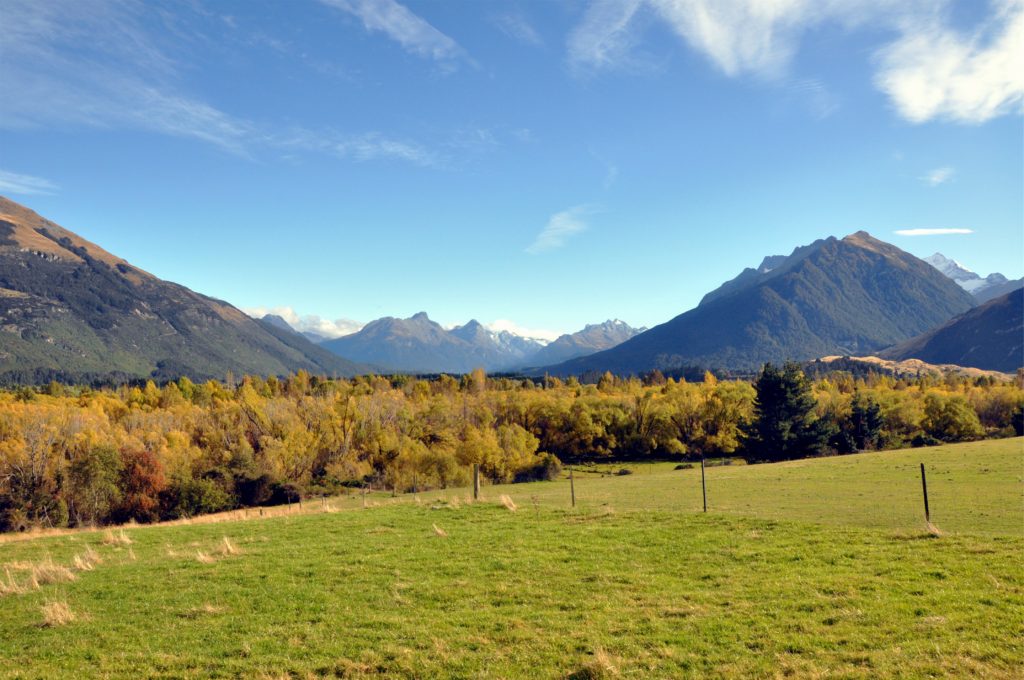
From Glenorchy we drove out to the Rees Valley in search of some of the remains from the Central Otago Gold Fields. The rough dirt road ran alongside the Rees river for a while and after crossing a couple of fords, we arrived at the trail head.

The old access track climbed steeply from the valley floor to the mine site, which was on a small plateau around 400 metres (1,312 feet) above the valley floor. Even on a cool autumn morning we quickly warmed up as we climbed the hill, I can only imagine what it was like trying to get supplies and machinery up to the mine.
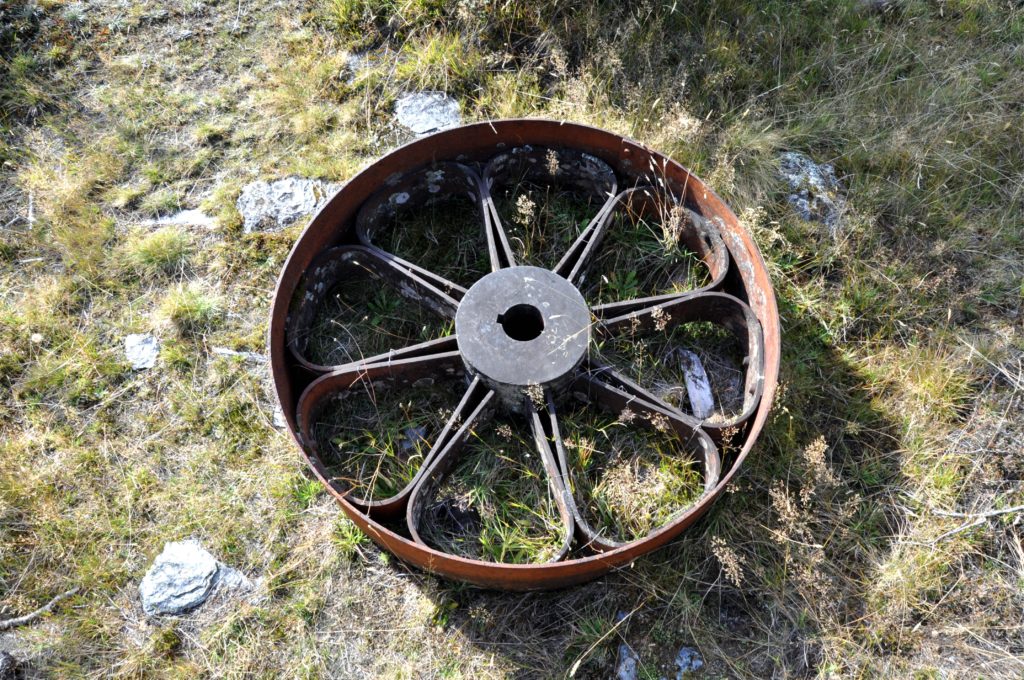
Eventually we came out of the trees to a small clearing that contained the remains of the mining equipment. The underground mine here was operated by the Invincible Quartz Mining Company from 1882. The quartz was extracted from horizontal shafts that cut up to 230 metres (750 feet) into the mountain in order to intersect the almost vertical quartz vein. Like many mines in the area, the high levels of pyrites meant that a lot of gold was lost in the tailings.

In 1884 a Professor Black at Otago University’s Mining School carried out an experiment on the tailings using a berdan; a cast-iron bowl that contained heavy weights to crush the tailings as they slowly rotated. The experiment was a success and produced 295 grams (9.5 oz) of gold to the ton of tailings; which was considered a very high yield.

For a while the tailings from the mine were sold to another company that set up a secondary processing plant at the bottom of the hill. However, in 1886 a new mine manager decided to install a bank of seven berdans to process the tailings on site at the Invincible Mine. Although it is common to find one or two of these berdans at mine sites, the set of seven at this location is thought to be the only such array in New Zealand.
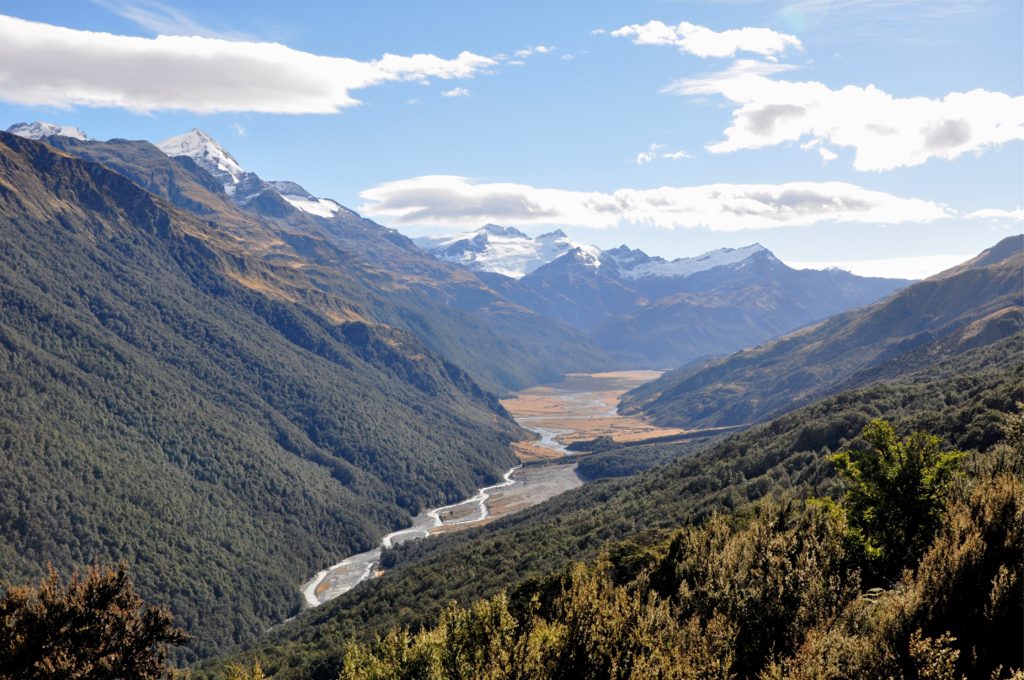
Although the mining equipment was unique, it was hard not to be pulled towards the edge of the plateau to take in the amazing view. The climb was certainly worth it as we were rewarded with a beautiful view up the Rees Valley towards Mount Earnslaw and the Earnslaw Glacier in the distance.
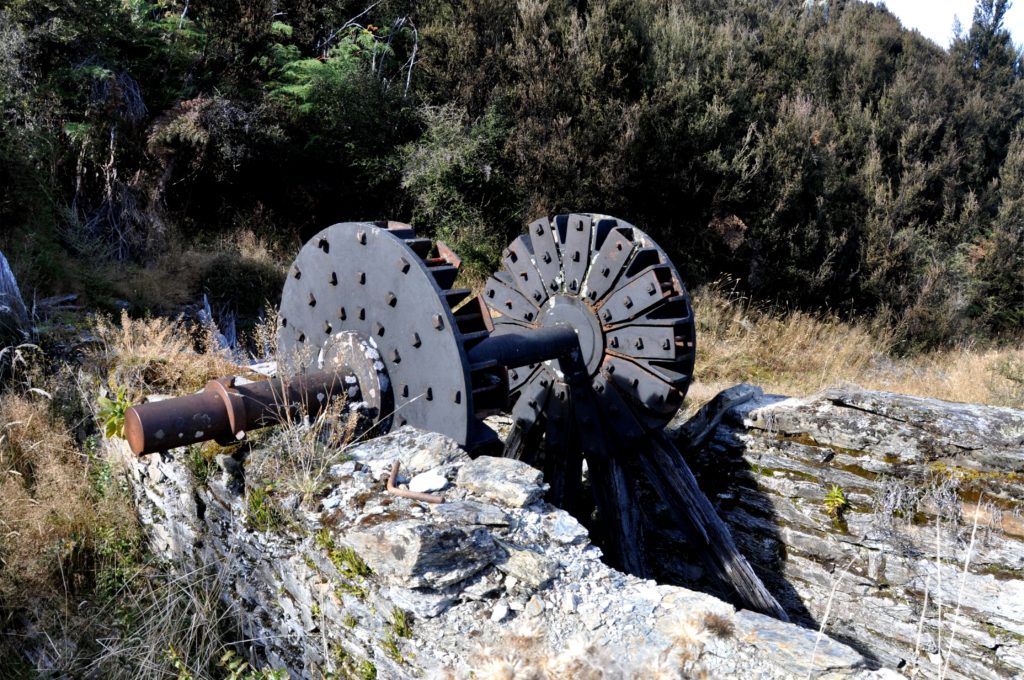
As we continued around the site of the former mine, we came across the remains of the waterwheel that powered operations on the site. The water came from nearby Invincible Creek and was transported to the mine via a 213 metre (700 foot) water race.
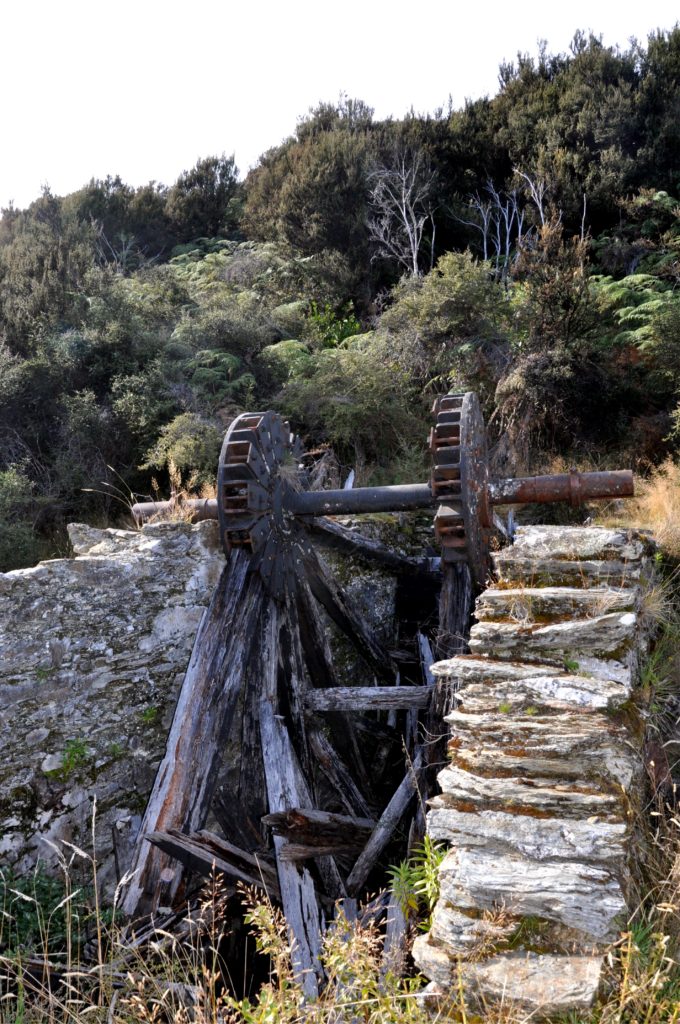
The huge water wheel was 7.3 metres (24 feet) in diameter and 1.5 metres (5 feet) in width and provided 30 heads (849 litres / sec) of water to power the machinery at the mine, including the 10 stamp battery that was used to crush the ore. All of this equipment allowed the Invincible Mine to process some 90 tonnes of quartz a week, with almost a kilo (325 ounces) of gold coming from just one of the first crushings.
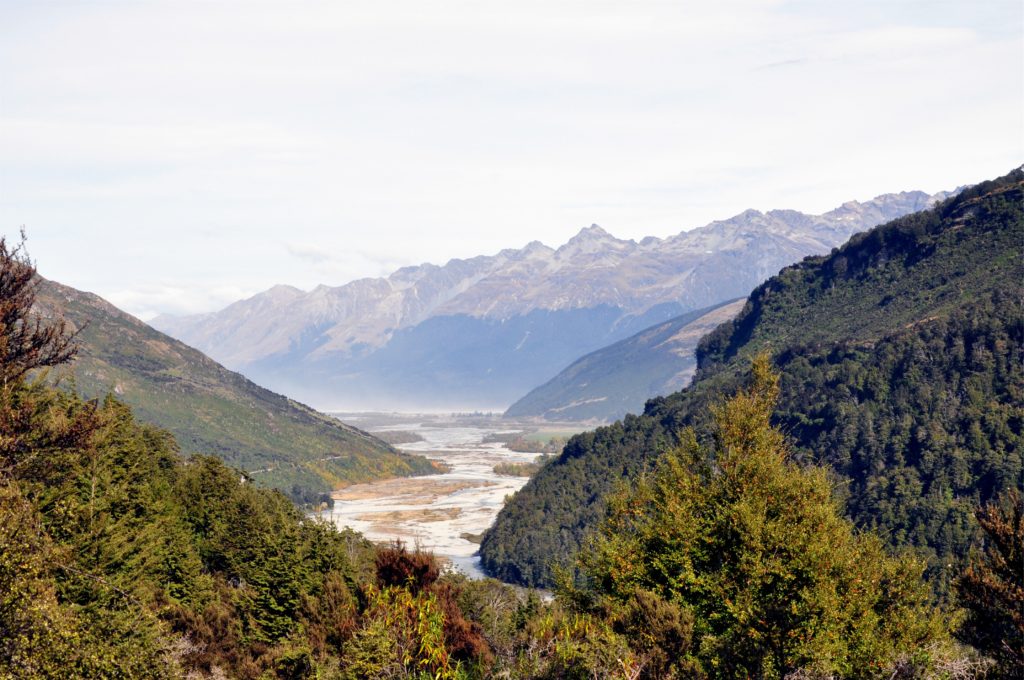
Despite all the machinery and equipment that they had installed at the Invincible Mine site, just five years after starting operations the miners lost the gold-bearing quartz reef that they were following and operations at the site ceased. We made our way back down the track, and as we reversed our route, we caught glimpses down the Rees Valley towards Lake Wakatipu and Glenorchy.
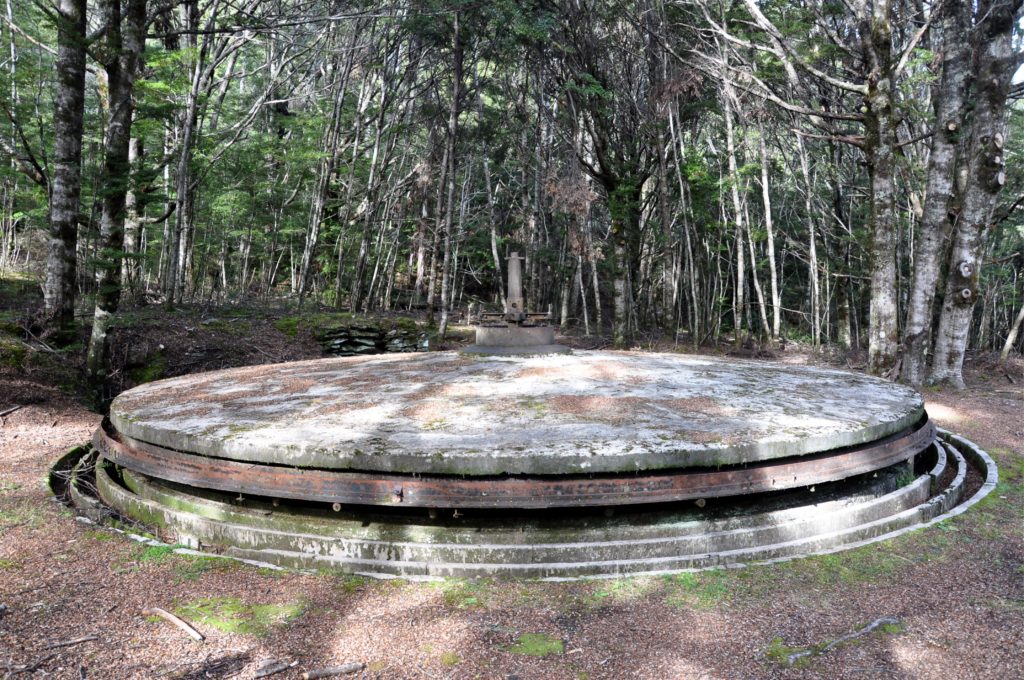
Before returning to Glenorchy for a well deserved pie and coffee, we stopped by one last relic from the mines in this area. Tucked away in the trees just off the dirt road was a giant concentrator. Although there is little information available about the concentrator, it appears that it belonged to the company that was formed briefly to process the tailings from the Invincible Mine before they decided to install the row of berdans at the mine site. Whatever the history of the concentrator, it was quite incongruous just sitting in a clearing in the woods.
